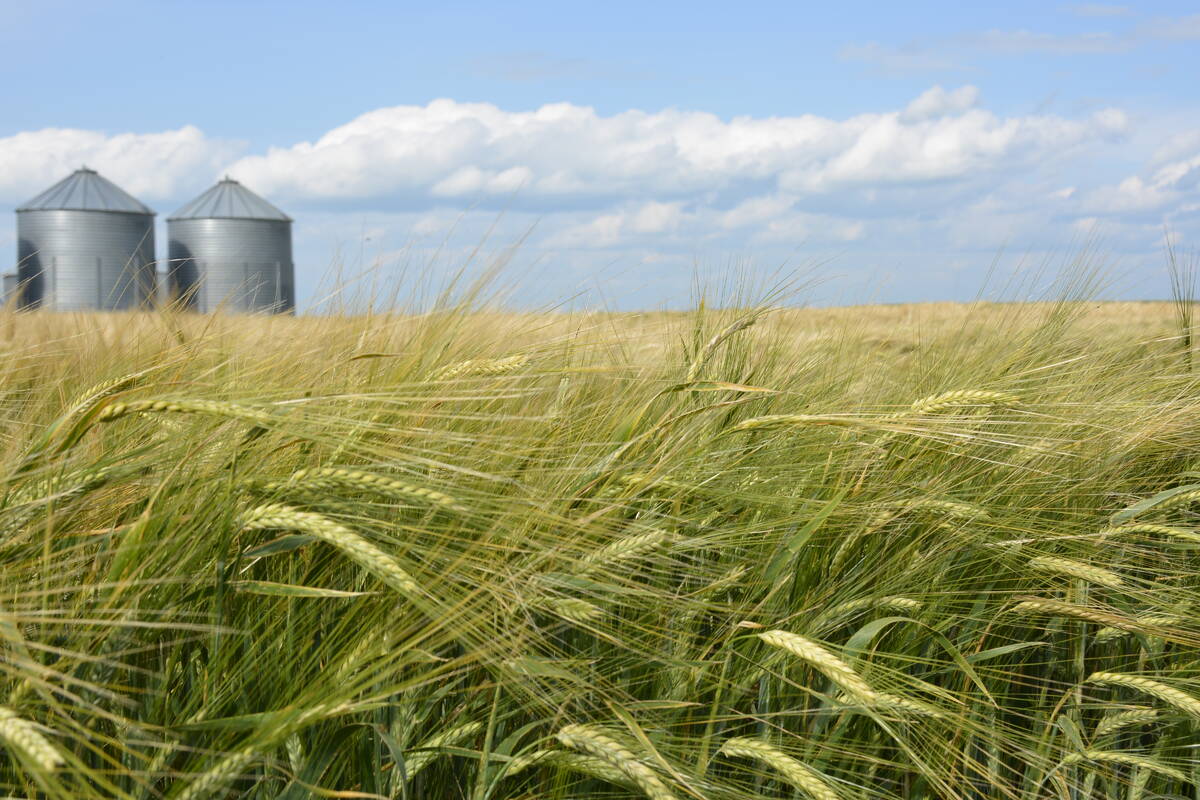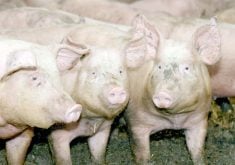RED DEER – Codes of practice for animal welfare are pointless if producers don’t implement them.
However, more provinces are including them in their provincial animal welfare laws, while organizations such as Dairy Farmers of Canada are making them part of their larger food safety and marketing programs.
“The education component has really been the cornerstone of the codes. However, they are being asked to do more now,” said National Farm Animal Care Council manager Jackie Wepruk.
“They are being asked to serve as a foundation for animal care assessment programs.”
Read Also

StatCan stands by its model-based crop forecast
Statistics Canada’s model-based production estimates are under scrutiny, but agency says it is confident in the results.
One of the council’s main tasks is developing revised codes of practice for the various livestock sectors.
She told the Alberta Farm Animal Care Association’s April 7 annual meeting in Red Deer that most will be completed by 2013.
The dairy code of practice was the first to be released. A copy was sent to every dairy farm in the country and will eventually be included as part of the Canadian Quality Milk food safety program.
Some provincial dairy groups have already made its use mandatory, said Ron Maynard, a Prince Edward Island dairy farmer who was part of the code committee.
Maynard said it was important that the code be practical.
“We agreed this had to be done, there had to be consensus and that it was based on common sense,” he said. “This code is outcome based. We were not trying to be prescriptive.”
Some portions of the code state that certain practices must be carried out, while others make recommendations to ensure the result is a healthy, comfortable animal.
Most farmers are unlikely to read the full 42 page document, but they are encouraged to at least review farm practices with a veterinarian and seek improvements.
“You are required to have a working agreement with your veterinarian,” Maynard said.
The guidelines cover animal stocking rates, housing, feeding practices and recommendations to keep cattle free of injury. There are also guidelines for shipping cull animals and proper euthanasia techniques.
Housing systems are outlined for all classes of cattle from pre-weaned calves to mature cows and bulls.
Bare concrete is not allowed as an acceptable resting place for any age of animal. Their environment must be clean and dry and manure must be removed daily.
Calves must be able to move around, lie down, stand up and see other calves. Stocking density must not exceed 1.2 cows per stall in a free stall system.
Stalls should be built to prevent hock and knee injuries.
Cows must be able to rise and stand with ease.
Calves must receive at least four litres of good quality colostrum within the first 12 hours after birth and must receive their first meal no later than six hours after birth.
Older animals must receive enough clean and palatable water and nutrition to meet their needs.
Maynard said this is an area where common sense applies because a cow in cold temperatures toward the end of lactation has different needs from a cow in warm weather early on in the lactation.
Lame cows must be treated early and severe cases must be culled or euthanized.
Sick, injured and cull animals must receive prompt medical care or be euthanized.
No electric prods are allowed except in extreme circumstances or if people are in danger. Prods must not touch udders, anuses, reproductive organs and faces.
Dairy cattle must not be tail docked unless it is medically necessary.
“Cows are no cleaner without tails,” Maynard said.
Pain control must be used during dehorning, debudding, castration and branding. Only trained personnel should remove extra teats.
Feet and claws must be inspected and trimmed as necessary.
Farmers must assess whether a cull animal is fit to travel. Animals that are non-ambulatory, about to give birth, or thin and weak should not be shipped. Dairy cattle must be fed and watered five hours before loading.
The code also provides information on proper euthanasia.
Dave Solverson, chair of the Canadian Cattlemen’s Association’s animal care committee, reminded dairy producers that their cows eventually become beef at the end of their reproductive lives.
It is important for them to understand the importance of sending only animals fit to travel to avoid public criticism.
“We have to know these cows are fit for the trip,” he said.
“People don’t differentiate. A cow is a cow.”
Maynard agreed transporting cull animals can be a problem.
Older, weaker animals go to a local butcher in his province, but the younger ones may be shipped greater distances.
The average trip for his cows to a Quebec processor is 12 hours, but they may also have to travel 15 hours to Pennsylvania.
The complete document can be viewed at www.dairyfarmers.com.
Codes of practice revision schedule
Animal welfare codes of practice serve as educational tools, reference material for regulations and the foundation of assessment programs. They have been available since 1990 for many livestock sectors and are now being revised. The dairy code of practice was the first to be revised.
Other revisions include:
•Mink: Oct. 2012
•Ranched fox: Oct. 2012
•Beef cattle: March 2013
•Pig: May 2013
•Equine: May 2013
•Sheep: July 2013
•The poultry code, which includes chicken, hatching eggs and turkey, will be revised later this year.
•A transport code has been identified as a priority.
Source: National Farm Animal Care

















